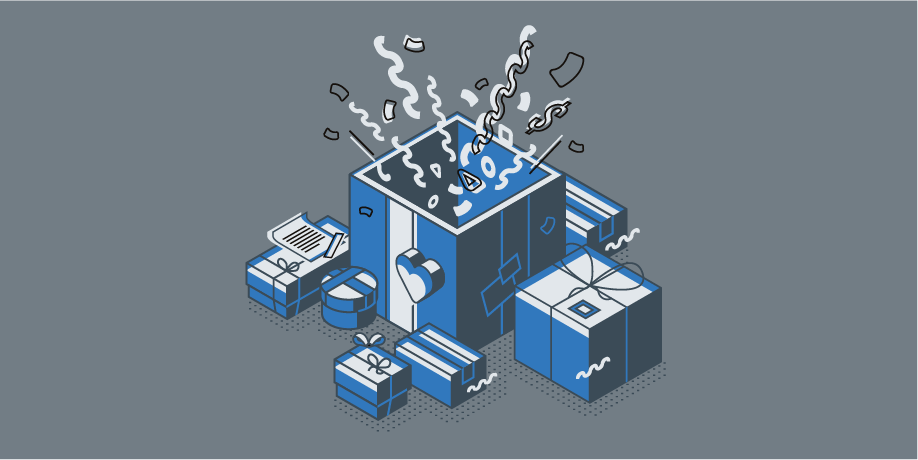It’s the most wonderful time of the year – for most. The buzz of the holiday season tends to bring out the best in people, but it also brings a whirlwind of considerations and complications for warehouses and distribution centers (DC’s). Peak season for shoppers means peak season for warehouses and DC’s. Retailers continually try to extend the holiday shopping season by pushing their promotions earlier each year, which makes it increasingly difficult for companies to accurately forecast demand and optimize their operations and workforces. Organizations that effectively communicate with their 3PL vendors and infuse their operations with advanced technologies like predictive analytics, automation, and machine learning will put themselves in the best position for success during peak season.
continually try to extend the holiday shopping season by pushing their promotions earlier each year, which makes it increasingly difficult for companies to accurately forecast demand and optimize their operations and workforces. Organizations that effectively communicate with their 3PL vendors and infuse their operations with advanced technologies like predictive analytics, automation, and machine learning will put themselves in the best position for success during peak season.

Peak Season Challenges
The holiday season poses a number of challenges for us all. Running around between holiday parties, meeting end-of-year deadlines at work, and shopping for your in-laws may top your list, but the biggest peak season challenges for warehouses and DC’s are, and always will be:
- Predicting the peak’s start and end: Many retailers begin offering deals in early November ahead of the major promotions like Black Friday, Super Saturday, Cyber Monday, etc., which typically go until the day before Christmas. Some retailers are now promising Christmas Day delivery, making peak season even harder to pin down and plan for. Mistiming the beginning and end of peak season can be extremely costly to companies who either pay for unnecessary labor and equipment before the rush or are unable to handle incoming volumes.
- Forecasting volumes: Peak season brings a massive influx of orders across all channels throughout its stretch. Predicting when spikes in volume will occur and how to maintain that peak for for an extended period is a tremendous task for most organizations from a cost and service standpoint, where inaccurate forecasting will only magnify other complications.
- Handling labor and efficiency: With unemployment sitting around 50-year lows, the pool of seasonal workers to pick from grows slimmer by the day, which puts organizations in a crunch as they try to fill temporary roles.
Reaching Peak Performance
Forecasting is an art – a consistently inaccurate art. Companies leading the pack on this front are using machine learning, advanced algorithms, and predictive analytics to find patterns and trends in historical data to more accurately predict volumes and patterns across different channels and staff labor efficiently.
Five years ago, temp workers had to be brought in six to eight weeks prior to peak season to be trained and brought up to speed with equipment and processes, but increased use of robotics and automation across warehousing operations now allows companies to train workers to accurately pick products using many systems in less than an hour. Bringing temporary workers in for eight weeks of training is a huge cost and many decide to leave before peak season is over, which initiates the cycle of training and associated costs all over again. Automation allows companies the adaptability they need to address workforce challenges and labor constraints without suffering downtime in their busiest moments.
The most important strategy that 3PL and their customers can implement to effectively take on peak season is to maximize the benefits of their relationships by providing full transparency and opening the lines of communication as early as possible. By discussing items like schedules of promotions and best practices and standards for the biggest ones like Black Friday and Cyber Monday far in advance of peak season, vendors can integrate historical data and gain insights into their operations to optimize their efforts. Popular products may come and go, but some demand patterns remain consistent year over year. Leveraging the knowledge and experience of your partners is an invaluable tool that cannot be overstated in trying to scale the peak of the holiday rush.
